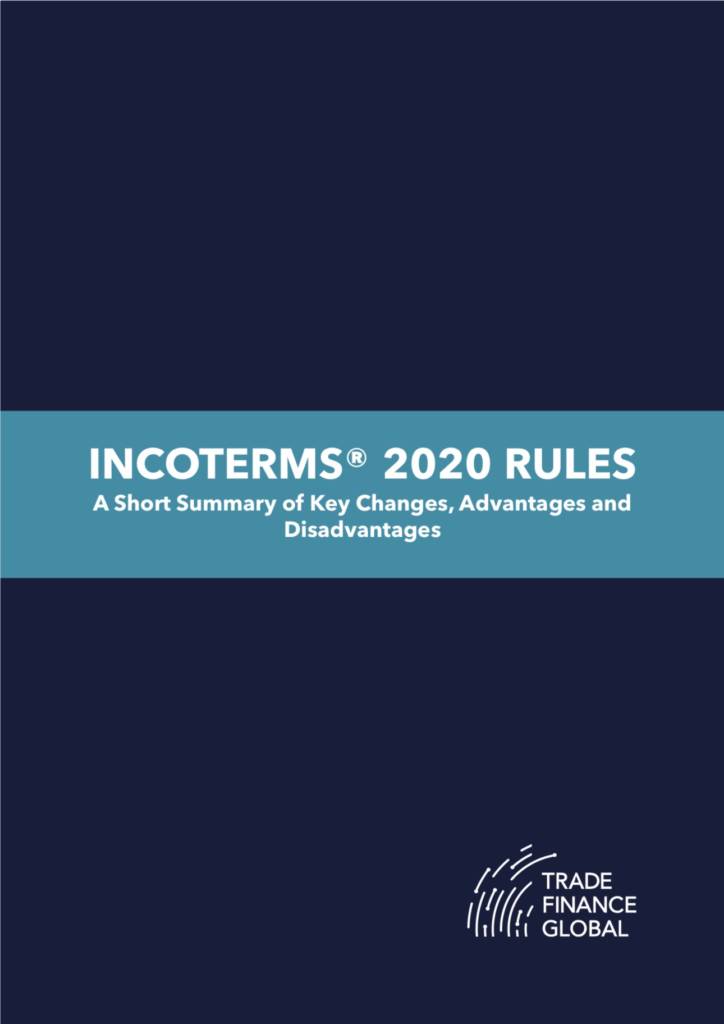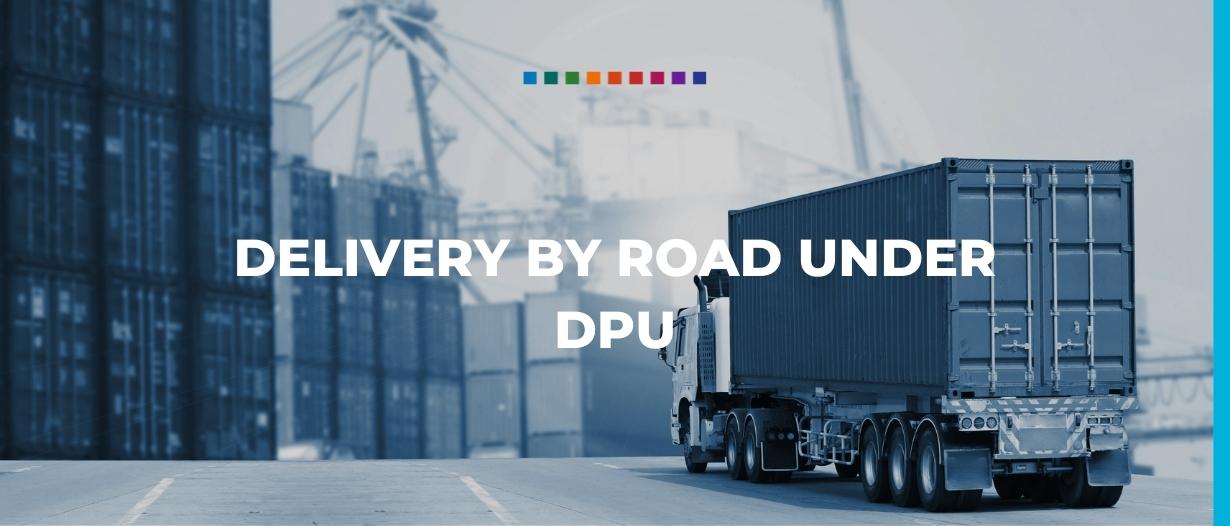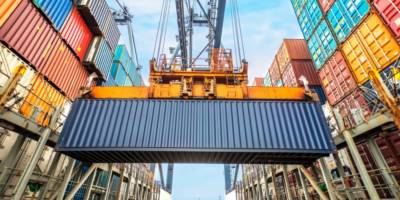Meet our writer. Written by our resident freight forwarding and shipping expert. Bob Ronai→
Delivery of the goods is “unloaded” by the seller at the destination place.
It would be unusual but possible that delivery by road would be to a terminal for the buyer to then collect. Instead it is usually to the buyer’s premises. Import clearance, if any, occurs at the border usually while the goods remain on the truck.
The seller contracts for carriage on the truck all the way to the buyer’s premises where the seller is to unload the truck. But how does that work? The packages would need to be small enough for the driver to remove from his truck by hand, or he would need his own crane or forklift to remove the goods, maybe on pallets, and put them on the buyer’s receiving dock.
There might well be site induction, site security, insurance, identification of workers, operation of unapproved equipment, workplace health and safety and other problems.
What if the buyer has a delay in import clearance so the truck must park up at the border and wait, or the buyer takes longer than the trucker’s free time for unloading? Ideally these possibilities should already be dealt with in the sales contract.
So be careful, Delivered at Place Unloaded (DPU) to the buyer’s premises can have problems.

Want to find out more about Incoterms® Rules 2020?
We have summarised the 11 Incoterms which have recently been revised by the ICC Incoterms Drafting Committee for 2020.
View our Incoterms® Rules 2020 hub here with free guides, podcasts, videos and content!
 Australia
Australia Hong Kong
Hong Kong Japan
Japan Singapore
Singapore United Arab Emirates
United Arab Emirates United States
United States France
France Germany
Germany Ireland
Ireland Netherlands
Netherlands United Kingdom
United Kingdom





























Comments are closed.